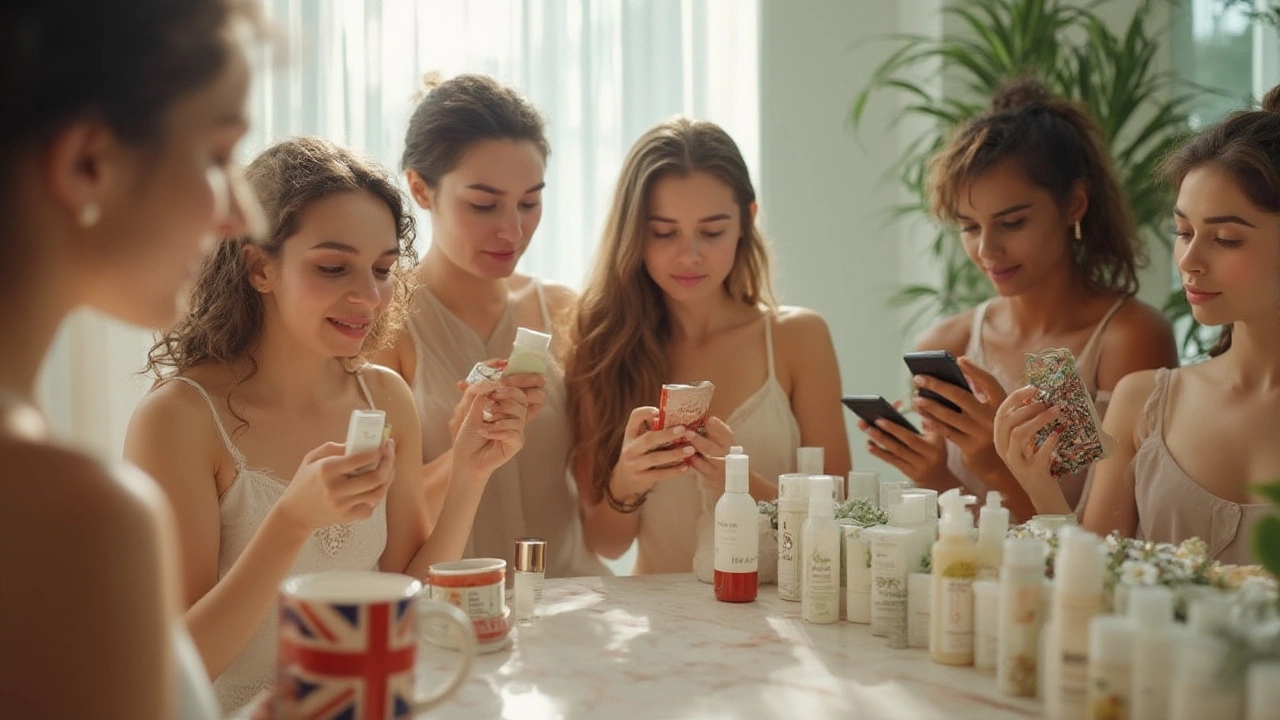Organic Beauty: Simple Tips for a Cleaner Routine
Going organic doesn’t have to mean a total overhaul overnight. By swapping a few key items and learning what the labels really mean, you can make your beauty shelf greener in no time. Below are practical steps you can start using today.
Understanding Organic Labels
First, know the difference between "organic" and "natural". In the UK, a product can call itself organic only if at least 95% of its ingredients are certified organic and the remaining 5% are on an approved list. Look for certifications such as Soil Association or COSMOS. If a product just says "made with organic" on the front, check the ingredient list – it often means only a tiny fraction is actually organic.
Building an Organic Beauty Routine
Start with the basics: cleanser, moisturizer, and sunscreen. Choose a gentle, plant‑based cleanser that uses certified organic oat or aloe. For moisturiser, pick one that lists organic shea butter, rosehip oil, or jojoba as the first three ingredients. Sunscreen is trickier, but several brands now offer mineral formulas with certified organic supporting ingredients – look for zinc oxide plus organic green tea or chamomile extracts.
Next, tackle makeup. A foundation with organic almond oil or organic sunflower seed oil can give you coverage without synthetic fragrance. When you need colour, go for mineral eyeshadows and lipsticks that list certified organic pigments or plant‑derived dyes. Swapping a single product each month keeps the change manageable and budget‑friendly.
If you enjoy DIY, many organic ingredients work straight out of the pantry. Mix a few drops of organic argan oil with a dab of organic beeswax for a simple lip balm. Blend organic cocoa powder, coconut oil, and a touch of honey for a quick facial mask that brightens dull skin. DIY recipes let you control exactly what goes on your face.
Beware of greenwashing. Brands love buzzwords, so always scan the back of the pack. If the ingredient list is dominated by water, synthetic polymers, or unpronounceable chemicals, the product probably isn’t as clean as it sounds. Also, avoid products that rely on micro‑beads or plastic micro‑fibres – they’re not organic and harm the environment.
Budget doesn’t have to suffer. Many organic staples, like organic almond milk or oat milk, double as beauty boosters. Use the leftover milk as a soothing skin rinse after a shower. Bulk‑buying certified organic oils can cut costs dramatically, and a little goes a long way.
Finally, keep a simple log of the products you try. Note the brand, certification, how your skin felt, and any reactions. Over time you’ll spot which certifications truly match your skin’s needs and which marketing claims fall flat.
Switching to organic beauty is a marathon, not a sprint. Start with one swap, read the labels, and keep an eye out for genuine certifications. Before you know it, your bathroom will feel fresher, your skin will thank you, and you’ll be supporting a cleaner beauty industry.
Healthiest Beauty Products: Safe, Non-Toxic, and Skin-Friendly Choices for 2025
Discover how to choose the healthiest beauty products for your skin and body in 2025. Learn about non-toxic ingredients, safe brands, and what to avoid in your skincare and makeup routine.
